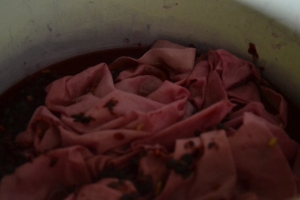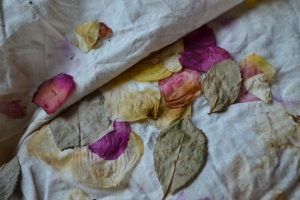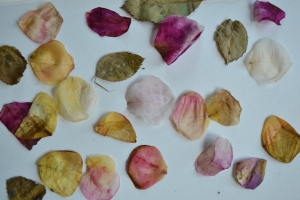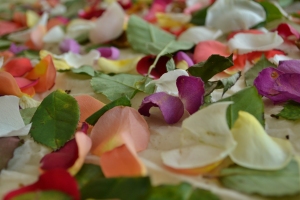After taking some more time off this blog I have finally returned with some new inspiration and a much better sense of what I want this blog to be about. Today I’ll be showing you the pillowcases that found a new life as a trendy totebag.
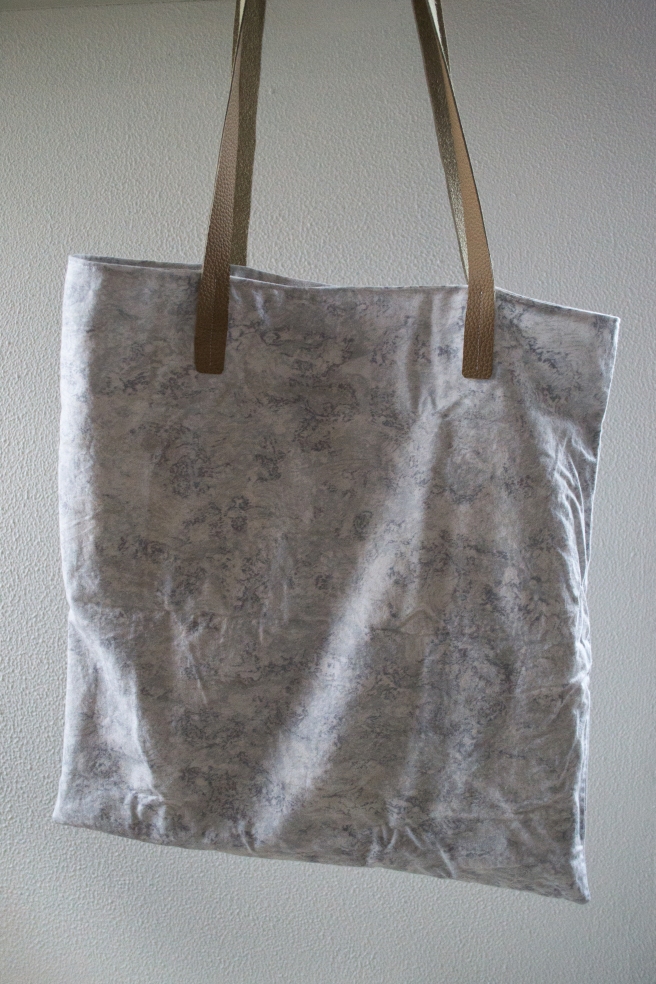
I found these pillowcases at a local thriftshop ages ago for only one buck. I picked them up because I really loved the print, but up until yesterday I had no idea what to do with them. Then I realized that, since they already look like totebags to begin with, it would be an easy upcycling project to share with you guys.

I ended up making them a little smaller by taking some length of the side and the bottom so the final bag would suit my liking. I then sewed both of them together to create a sturdy bag with a neat lining and added some topstitch to make it look a little more professional.

The straps are made from some pieces of scrap leather sewn together, but could just as easily be made from fabric or rope. I sewed them on with a simple stitch after holding them down with some glue and then my tote was complete.

This proces took about an hour and a half and was incredibly rewarding as I have a new bag to show for it. My mom is already eyeing this one, so I might just make another one later today.
And how about you, have you ever made a bag yourself?
I hope you’ve had a nice day,
Quinn


